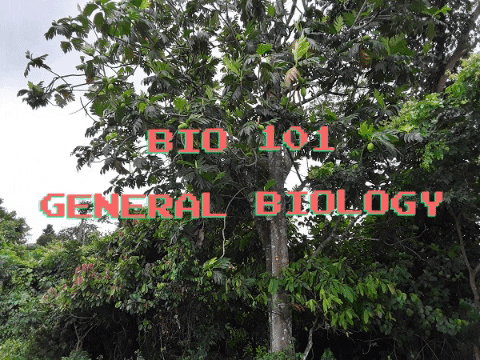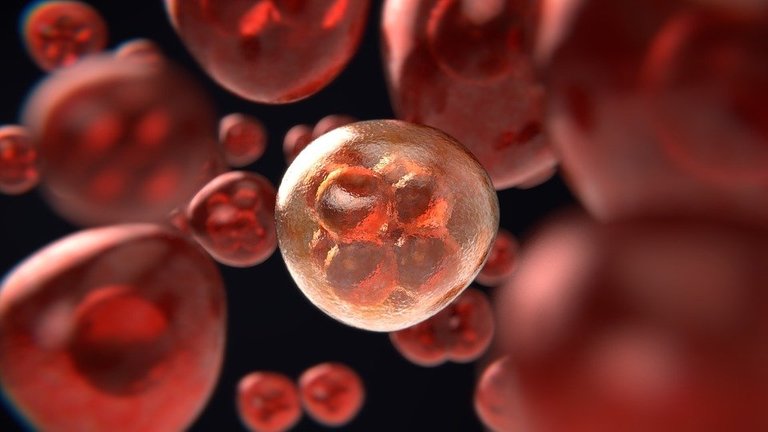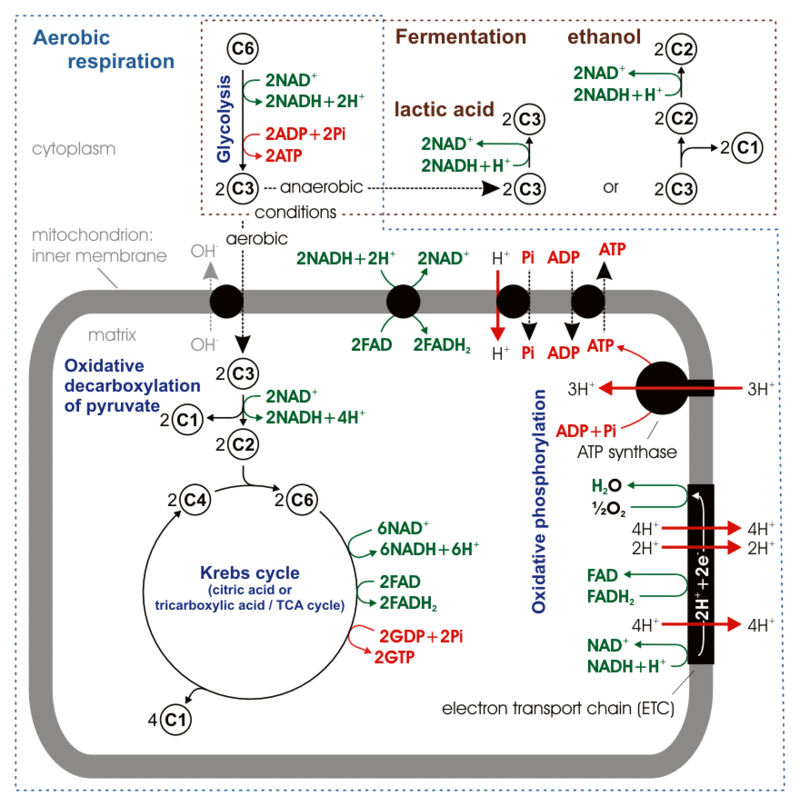
Introduction
In the last lecture, we discussed how biology has to do with the study of life and how one cannot study life without knowing what makes life to be life - what puts 'living' in organisms - that is, the basic characteristics of life. We have looked at movement, reproduction, nutrition, and irritability in living organisms. Today, we will continue with the characteristics.
Growth
In order for organisms to continue living, they must experience growth. All organisms continue growing for as long as they continue living. Growth is an irreversible increase in size, weight, height, biomass, or any other factor that can indicate growth. More specifically, growth involves an increase in the number of cells in the body of organisms. An increase in the number of cells in the body of organisms happens through a form of cell division known as mitosis
In plants, growth might take place without an increase in the number of cells but an increase in the volume of the individual cells that make up the body of the plant. The vacuoles of the plant cell may take-in water and the resulting turgor pressure exerted on the cell wall when collectively summed, leads to an increase in the volume of the plant itself. Also, cell-division-mediated growth is mostly restricted to some specific parts of plants known as the meristems.

In animals increase in the volume of cells does occur but it is quite negligible when compared to that of plants. Cell divisions are more generally distributed within the body of animals unlike in plants. However, the rate of cell division might differ depending on the region of the body. While the cells of some organs (e.g. liver) divide throughout the life-span of certain animals, some do not divide at all unless on special occasions (e.g heart).
Excretion
All living organisms must get rid of waste products from both metabolic and non-metabolic activities in their bodies. Metabolic wastes could be in solid, liquid, or gaseous forms while non-metabolic wastes are any substance, even though needed by the body, but in excess of the requirement. Waste products will generally poison the body and slow down metabolic activities if they are not removed from the system.
Different organisms have different methods/organs/organelles for carrying out their excretory process depending on the nature of the waste.
- The skin in humans excrete urea, water, and excess salt.
- The kidney excretes excess water, urea, and other toxic chemicals.
- The liver excretes toxic drugs, sugar, and other chemicals.
- The contractile vacuole in protozoans excrete excess water.
- The stomata and hydathodes excrete excess water in plants.
Respiration
All living organisms require energy in order to sustain various metabolic activities that go on in their body and keep living. This energy is generated through the process of respiration. During respiration, food taken by organisms is broken down and the energy extracted for bodily use. There are two methods through which living organisms carry out respiration:
- Aerobic: respiration in the presence of oxygen. Food in the form of carbohydrates taken by organisms reacts with oxygen to give energy (usually in the form of ATP) with water and carbon dioxide being by-products. The entire process requires a series of reactions but can be summarized by the following equation:
C6H12O6 + 6O2 → 6CO2 + 6H2O + ATP
The oxygen acts as the electron acceptor in the electron transport chain - one of the reactions of respiration.

cellular respiration. By Darekk2 - Own work, CC BY-SA 3.0, https://commons.wikimedia.org/w/index.php?curid=21712725 - Anaerobic: respiration in the absence of oxygen. Instead of carbon dioxide and water as the by-products, lactic acid, ethanol, or carbon dioxide are produced as the case may be. Some aerobic organisms can respire anaerobically temporari ly when oxygen availability is inadequate. A good example of anaerobic respiration is fermentation.
C6H12O6 → 2 C2H5OH + 2CO2 + Energy
Death
Just as every living organism must be given birth to, at some point in time, their lives have to come to an end. All organisms have limited life spans. As wear and tears set-in for the cells that make up the entire body of an organism, they start losing functions one after the other until the entire system shuts off. This is when we say such organism has died.
A few organisms do not die a natural death for as long as the necessary conditions to continue life processes are available. However, they lose their independent self at some points in their lives. For example, a bacterium will not die naturally but divides by binary fission to produce two daughter bacteria. The original bacterium lost its independent self but did not die any natural death.
Resources
- https://www.biologydiscussion.com/living-organism/living-beings/essential-characteristics-of-living-beings/44578
- https://study.com/academy/lesson/anaerobic-respiration-definition-equation-examples.html
- https://teachmephysiology.com/biochemistry/atp-production/anaerobic-respiration/
- https://www.britannica.com/science/excretion/Types-of-waste-metabolic-and-nonmetabolic
- https://www.britannica.com/science/growth-biology
Congratulations @ummar! You have completed the following achievement on the Hive blockchain and have been rewarded with new badge(s) :
You can view your badges on your board and compare yourself to others in the Ranking
If you no longer want to receive notifications, reply to this comment with the word
STOPDo not miss the last post from @hivebuzz:
Thanks for your contribution to the STEMsocial community. Feel free to join us on discord to get to know the rest of us!
Please consider supporting our funding proposal, approving our witness (@stem.witness) or delegating to the @stemsocial account (for some ROI).
Please consider using the STEMsocial app app and including @stemsocial as a beneficiary to get a stronger support.